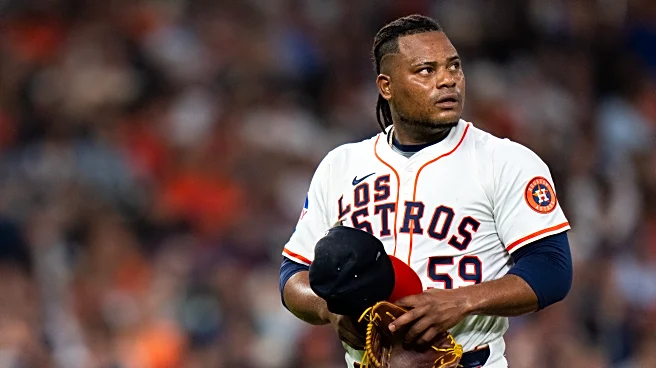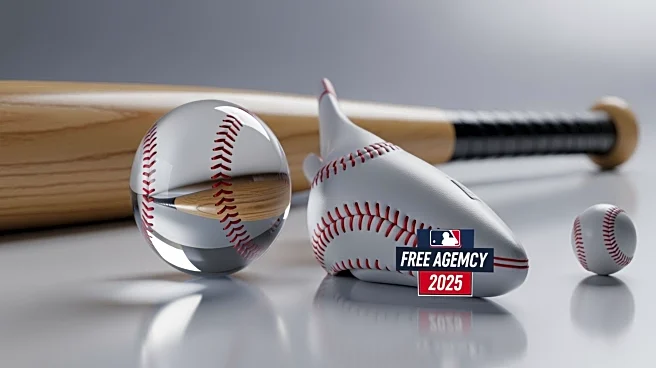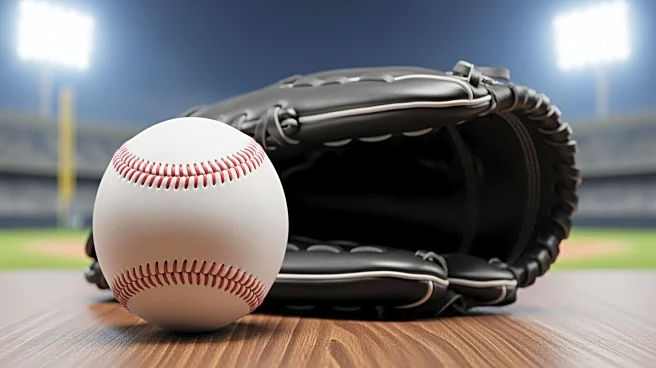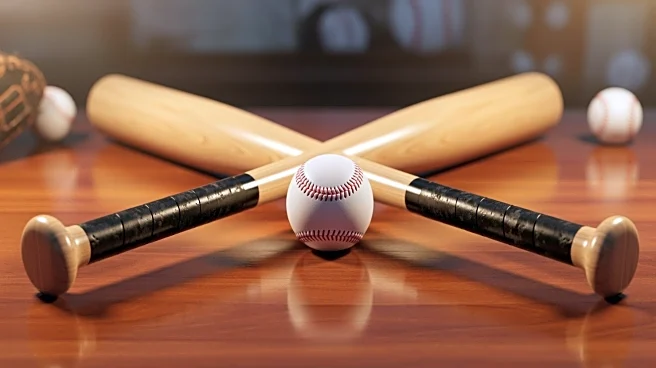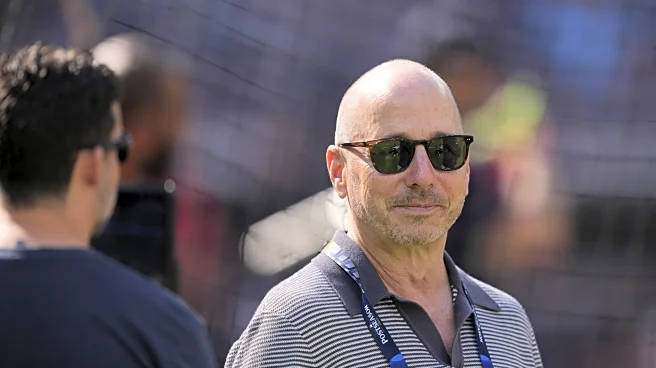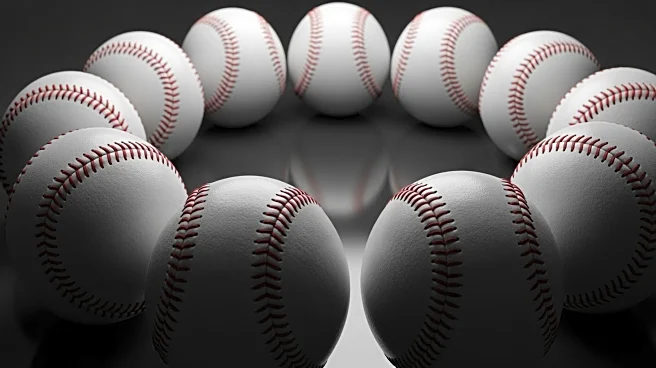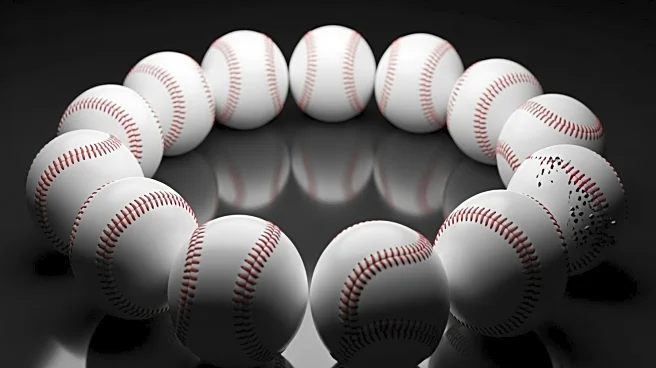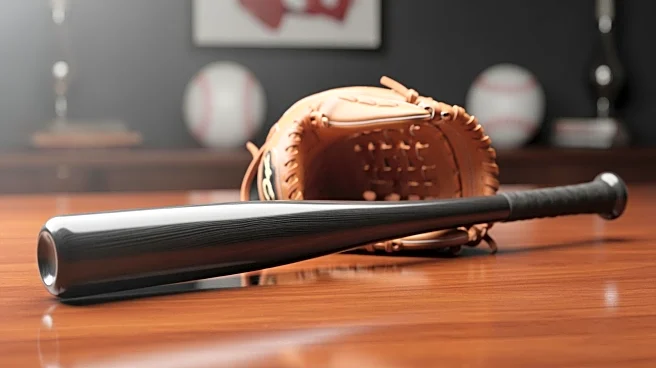Free agency is officially open and this winter features a deep crop of quality if not-quite-ace tier starting pitchers. You’ve got ground ball savant Framber Valdez, strikeout artist Dylan Cease, and soft contact extraordinaire Ranger Suárez headlining the class. There’s decent depth behind that trio including future Hall of Famers Justin Verlander and Max Scherzer, venerable veterans Merrill Kelly and Chris Bassitt, and intriguing buy-low bounce-back candidates including old friend Michael King,
Brandon Woodruff and Zac Gallen.
It’s a good thing the Yankees have a variety of options to consider given the compromised state of the starting rotation. Gerrit Cole is targeting a return date some time in May upon the completion of his Tommy John rehab. Carlos Rodón will not be available on Opening Day as he recovers from October surgery to remove a bone spur from his pitching elbow. Clarke Schmidt is likely out for most of the year after undergoing his own TJS in July. This means that the projected starting rotation for the beginning of next season comprises of Max Fried, Cam Schlittler, Will Warren, and Luis Gil. Fried was excellent in his debut season in pinstripes and Schlittler emerged as a potential future ace, but that’s three out of four spots going to guys who were rookies within the last 18 months… to say nothing that four is a man short of a full complement.
The Yankees have two distinct avenues they could go down to address this issue. They could prioritize more of a stopgap solution — someone you would likely not hand the ball to start a postseason game — to eat innings while awaiting the returns of the big guns. Alternatively, they could target the top of the starting pitching market for an arm who retains his spot in the rotation even when Cole and Rodón return — an attractive solution given the way Fried and Rodón collapsed against the Blue Jays in the ALDS. Should the team choose to pursue this latter route, perhaps the best option on the market when considering all factors — durability, consistency, experience, etc. — just might be Valdez.
2025 Statistics: 31 games started, 192 IP, 13-11, 3.66 ERA (114 ERA+), 3.37 FIP, 3.34 xFIP, 23.3% K%, 8.5% BB%, 58.6% GB%, 1.24 WHIP, 4.0 fWAR
2026 FanGraphs Depths Charts Projections: 31 games started, 188 IP, 12-10, 3.47 ERA, 3.47 FIP, 22.5% K%, 7.9% BB%, 1.28 WHIP, 3.7 fWAR
Over the last four seasons, can you guess the qualified starting pitchers who have averaged at least 30 starts, 190 innings, at least a 50 percent ground ball rate, and at least four fWAR per season?
Framber Valdez and Logan Webb, that’s it.
Perhaps no starting pitcher over that span better embodies durability and consistency than Valdez. Since the start of 2022, Valdez is tops among qualified starters in ground ball rate (60 percent) and pitcher wins (57), second in innings pitched (767.2), fifth in fWAR (16.5) and home runs per nine (0.68), and 11th in xFIP (3.20). In 2025, his 3.37 FIP and 4.0 fWAR would have placed him second on the Yankees, just behind Fried and comfortably ahead of Rodón.
His pitching style aligns most closely with the recent shift in the Yankees’ pitching philosophy of any of the top free agent pitchers. When explaining the rationale that went into the Yankees acquiring Ryan McMahon ahead of Eugenio Suárez at the trade deadline, Brian Cashman extolled Fried and Rodón’s abilities to induce ground balls to the left side of the infield and the accompanying need for solid defense on that side. What’s more, 2025 saw the re-proliferation of the sinker across the Yankees staff following a period of dormancy during the elevated, high-spin four-seamer revolution. Fried and Rodón increased usage of the pitch to aid their batted ball outcomes — Fried posted the lowest home run per nine rate and Rodón allowed the lowest batting average among qualified AL starters. As another left-handed, hit-suppressing starter, Valdez would slide in seamlessly next to Fried and Rodón in the rotation and could even help the pair further hone the sinker having thrown the pitch as his primary offering for the last eight years.
All the same, Valdez’s is far from an open and shut case. He turns 32 in a week, meaning if the Yankees were to sign him, they would have four starters on nine-figure deals all 32 or older in 2026. He endured pretty stark first and second half splits, going from a spurned All-Star candidate to a borderline fifth starter. His ERA almost doubled as his strikeouts ticked down, walks ticked up, he gave up one less home run than the first half in 50 fewer innings, and opponents’ batting average and slugging both jumped by at least 60 points. This culminated with the unsavory episode in September where it appeared Valdez intentionally crossed up his catcher after giving up a home run, leading to a heated confrontation in the clubhouse postgame.
Despite his age and second half struggles, the projection systems are optimistic that Valdez can maintain the level of performance of the last four seasons. This is partially due to some bad luck Valdez endured in the second half, his BABIP skyrocketing, strand rate tanking, and FIP and xFIP remaining somewhat stable relative to the massive jump in ERA. For example, Depth Charts projects that he will essentially repeat his performance from 2025, which would surpass their projections for Fried and Rodón when it comes to fWAR — 3.7 projected for Valdez in 2026.
Because of his availability and consistency, Valdez is projected to sign a contract in line with many of the deals signed by top pitchers in recent years. FanGraphs’ Crowd Source project pegs him for five years and $140 million while Jim Bowden of The Athletic is slightly more bullish, projecting a six-year, $190 million deal. The former puts him in the same region as guys like Tyler Glasnow and José Berríos while the latter is closer to the mega deals signed by Fried and Corbin Burnes last winter.
Given the gaping chasm in center field created by the departures of Cody Bellinger and Trent Grisham and Hal Steinbrenner’s desire to suppress payroll below $300 million, the budget may prove too constrained to shell out a top-of-the-market outlay for Valdez. Ownership may even see 2026 as an opportunity to control costs in the rotation given their fast rising pair of top prospects in Elmer Rodriguez-Cruz and Carlos Lagrange. That would be irresponsible for a team with an aging core and playoff aspirations — they need another starter for at least the first month of the season and as their abbreviated 2025 playoff run exposed, it sure would be nice to have another playoff starter at their disposal. The floor for the Yankees rotation is perilously low, and there is no starting pitcher on the free agent market and perhaps across baseball with a higher floor than Valdez.
